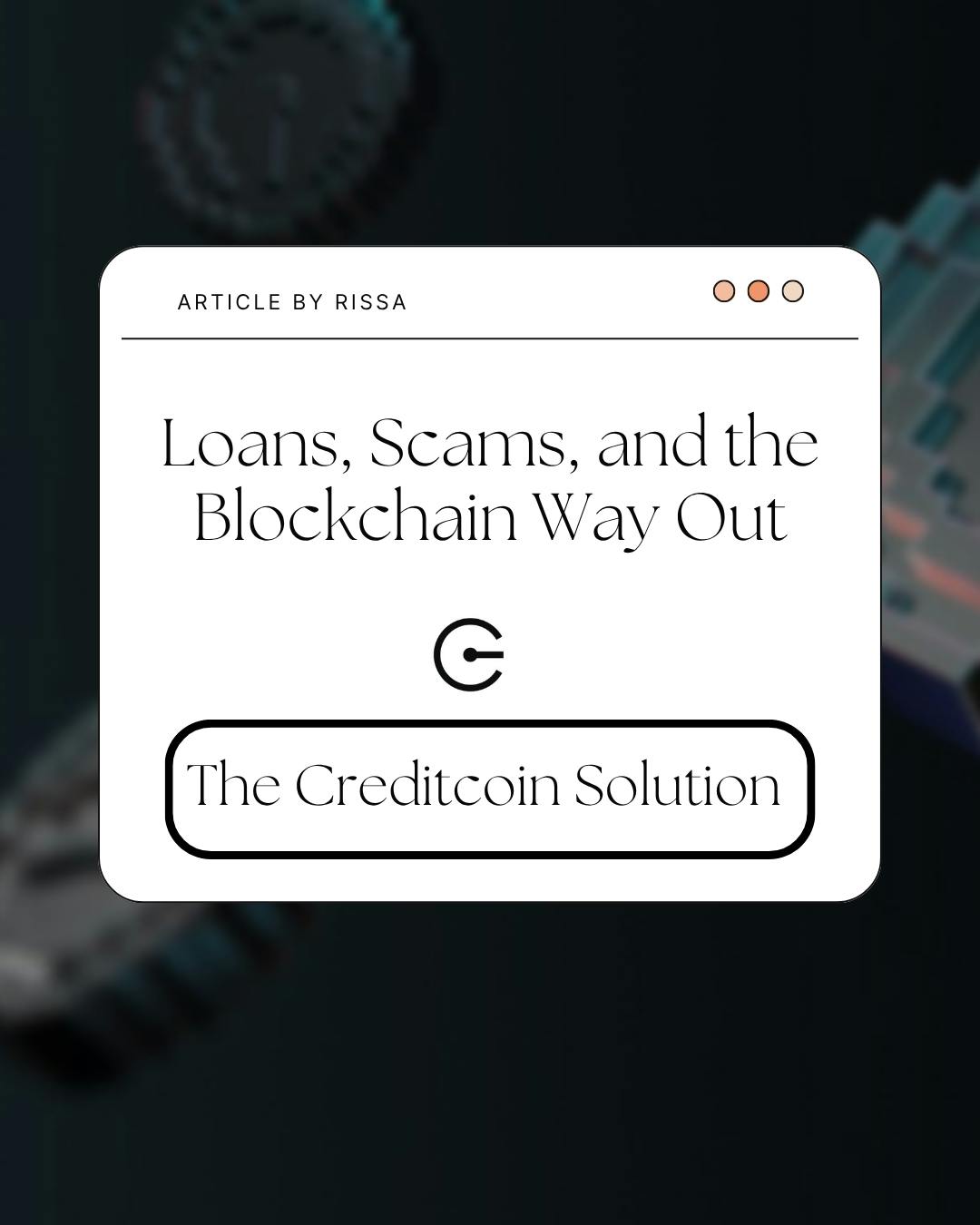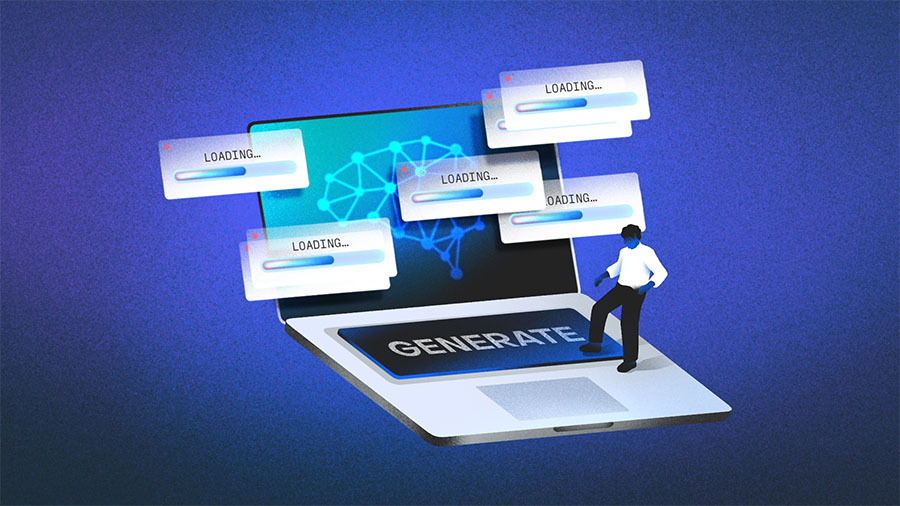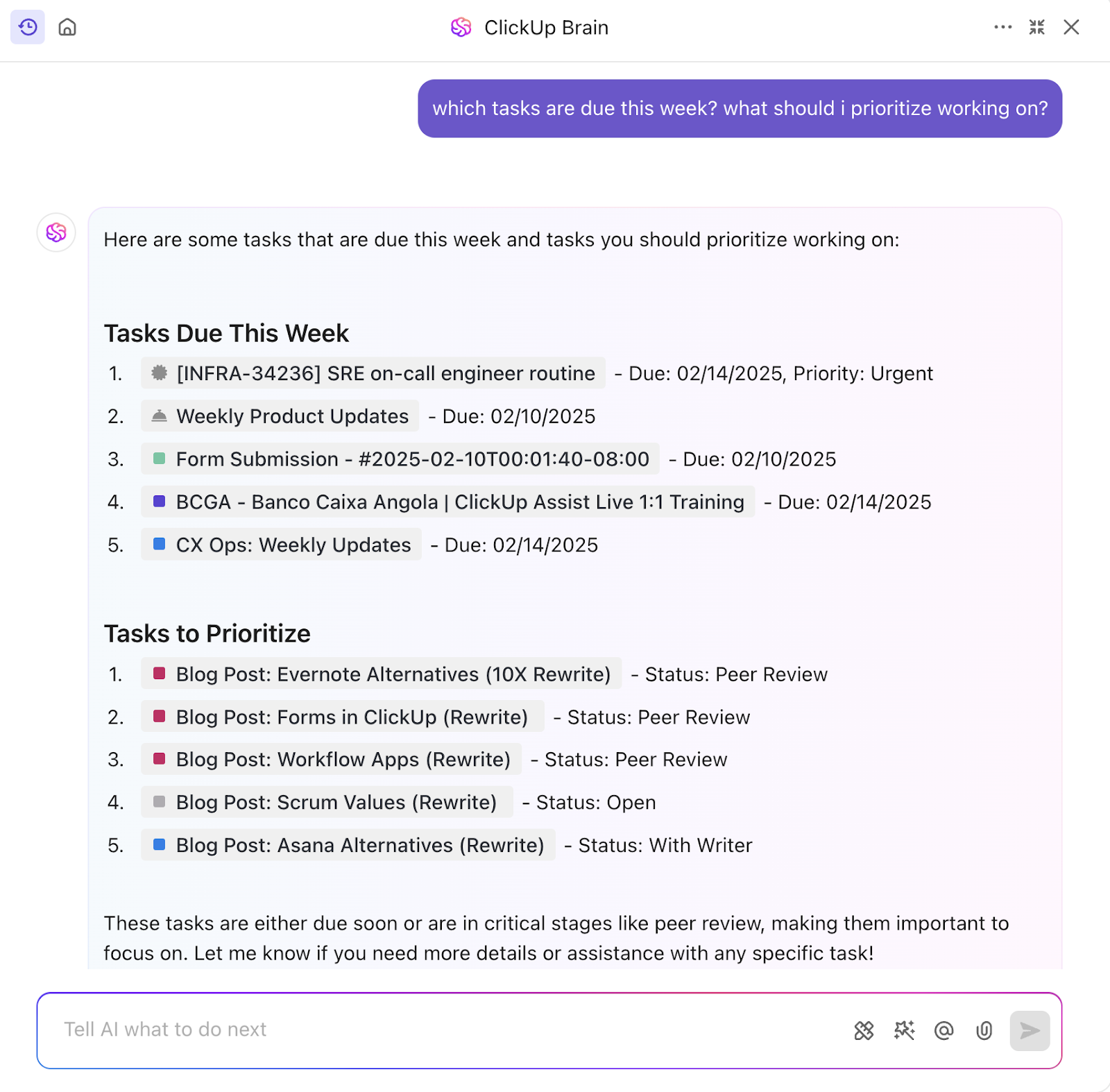Focus Plant is one of my favorite apps to stay productive, but since I’m using the free version, it comes with a price: endless ads. Weirdly enough, about 80% of those ads are for loan apps. That got me thinking, what data did these apps collect about me to decide I desperately needed a loan?
Beyond that, I started to wonder how these loan companies actually survive. Do people scam them? Or are they the ones running the scam? Most of them offer tiny loan amounts, probably as their way of managing risk. But still, these low-budget ads promise things that sound too good to be true: no collateral, no real verification, tiny interest rates. It all feels a bit off.
Personally, I don’t plan on borrowing money anytime soon and even if I did, I wouldn’t trust those platforms. But what if I did need a loan someday? Suppose I had a world-changing idea but zero resources to fund it. As a student, there’s no way a traditional bank would take me seriously, and those sketchy loan apps aren’t exactly confidence-inspiring.
That question stuck with me. If I needed money but couldn’t get it through a bank or a suspicious app, then what?
Let’s hold on to that idea for a second and talk about something promising: Blockchain Technology.
Blockchain and Finance
Ah, ‘’Blockchain”. A word everyone seems to have heard, but few really understand. Blockchains are essentially public ledgers where transactions are permanently recorded.
Bitcoin was the first big application of blockchain, proving you could send money directly between people without trusting a bank. But its potential goes far beyond cryptocurrency.
One area it is now disrupting is lending and credit.
What if you could prove you’re a good borrower to anyone, anywhere, without needing a bank to vouch for you?
What if your repayment history lived on an open, tamper-proof record you could take with you, no matter where you lived?
That’s the kind of possibility blockchain presents. And that brings me back to my earlier train of thought: is there a way for blockchain to connect with loans and credit scores so that borrowing money finally makes sense?
That’s where Creditcoin comes in.
The Lack of Credit Infrastructure Problem
According to World Bank, an estimated 65 million firms or 40% of formal micro, small and medium enterprises (MSMEs) in developing countries, have an unmet financing need of $5.2 trillion every year
In many lower-income countries, the idea of a credit score just doesn’t exist. There’s no formal system to prove you’re trustworthy when you need to borrow money, so you get shut out before you even start. That forces people to rely on friends, family, or worse, loan sharks who charge sky-high rates and threaten them if they can’t pay back.
Banks don’t make it any easier.
Their requirements are rigid, with complicated paperwork, collateral demands, and painfully slow approvals. If you’re someone earning daily wages or running a small cash-based business, you’re basically locked out. And even if you manage to get a loan informally, there’s no record to build on for the future, so every new loan feels like starting from scratch.
It traps hardworking people in a cycle of poverty, not because they aren’t capable, but because there’s no trusted way to show they can be responsible borrowers.
Lenders also lose out. Without any transparent data, they take big risks lending to strangers, so they usually keep amounts small and terms harsh, or avoid lending altogether. It’s a broken system on both sides.
That’s the massive gap Creditcoin is trying to close.
The Creditcoin
Creditcoin was built to change this. It’s a public blockchain network where financial institutions and lenders can record how loans perform, whether they’re paid back or not. Once a borrower takes a loan and repays it, that data is locked on the blockchain permanently, tamper-proof, and publicly viewable.
Over time, that gives borrowers a real, provable credit history that they can carry anywhere. For lenders, it means they finally have trustworthy, transparent data to make smarter lending decisions and reach more people.
The network essentially connects investors and fundraisers under clear, predefined terms. When a loan is repaid, Creditcoin permanently records it on-chain, making that data available for future credit evaluations. By cutting out unnecessary intermediaries, it allows for more competitive interest rates and flexible loan conditions that traditional systems often can’t match. It also supports sharing credit information without exposing private personal details.
Any cryptocurrency can be lent on the Creditcoin network, with the native token (CTC) used to pay fees for lending and borrowing transactions.
Creditcoin is built on a Nominated Proof of Stake (NPoS) framework, where validators stake tokens to earn the right to produce and finalize blocks. All validators have equal rights regardless of the size of their stake. For those who don’t want to run their own node, there’s the option to participate as a nominator, delegating your stake to trusted validators and sharing in their rewards or penalties.
Who Built Creditcoin?
Launched in 2019 by Gluwa in collaboration with Aella, Creditcoin is built on EVM-compatible technology to support decentralized credit. Aella, which functions almost like a digital bank, offers loans, savings, bill payments, and investment products across developing economies. Its mission is to make financial services easy, fast, and accessible.
Gluwa, on the other hand, founded by Tae Ho, is a blockchain technology company building decentralized financial and physical infrastructure. Beyond Creditcoin, it also developed Spacecoin, a decentralized network of nanosatellites that aims to deliver global, trustless internet connectivity on top of Creditcoin’s blockchain.
Creditcoin in Action
Since it launched, Creditcoin has handled over five million transactions and even partnered with Nigeria’s central bank to help roll out the eNaira, Nigeria’s Central Bank Digital Currency (CBDC). They’re also talking with governments in Liberia, Ghana, and Sierra Leone to expand this impact.
Already, Creditcoin has disbursed over 100B Naira to over 2 Million Nigerians alongside its partner Aella allowing them to build on-chain credit scores and gain access to necessary funding. It’s become one of the pioneers of what’s now called on-chain lending.
Understanding On-Chain Lending
On-chain lending is basically borrowing and lending through smart contracts on a blockchain, instead of through a traditional bank. It’s open, permissionless, and transparent by design. Big players in this sector include Aave, Compound, and Yearn.
But of course, it isn’t perfect. There are still challenges around verifying people’s real identities, protecting smart contracts from bugs, dealing with volatile crypto collateral, and navigating unclear regulations.
How Creditcoin Builds Trust
Creditcoin addresses a lot of those challenges by keeping a public, tamper-proof record of repayment history. Borrowers can build a visible track record, while lenders get clear evidence instead of making blind bets.
Through partnerships with licensed fintechs, Creditcoin can verify people’s identities off-chain while keeping their repayment data on-chain, so you get both transparency and compliance. Plus, because blockchain records are cryptographically secured, it’s incredibly hard for anyone to tamper with them.
Since these credit histories are visible worldwide, Creditcoin also makes cross-border lending possible. Borrowers and lenders in different countries can finally verify each other without depending on outdated, disconnected local credit bureaus. That means capital can move from developed markets to emerging economies far more easily.
Why On-Chain Lending Matters
Traditional lending is full of hidden fees, paperwork, and painfully slow systems. On-chain lending changes that by putting the whole process on a blockchain, where everyone can see what’s happening in real time.
For communities without proper credit systems, that’s huge. It lets people build up a transparent, provable credit reputation from nothing, without shady middlemen.
It also means that if I ever did have that “world-changing idea”, I could potentially get a loan from anywhere, with confidence that the lender is looking at my real repayment record, not some fuzzy guess.
Technical Innovations to Watch
One thing that makes Creditcoin so interesting is its EVM compatibility, i.e it can work with apps and smart contracts built for Ethereum, tapping into a global network of innovation and developers. That flexibility makes it easier to upgrade and stay relevant as the financial world evolves.
What really blows my mind is how Creditcoin connects with Spacecoin’s nanosatellite network. Imagine someone in a completely remote village, with no bank and no internet, suddenly connecting through a satellite to the blockchain. They could start building a credit history with nothing but a simple device, transforming their entire community’s future prospects.
Rethinking Financial Trust
If there’s one thing I’ve learned from seeing all those shady loan ads, it’s how fragile trust can be. When lenders hide their true intentions, when borrowers default, people get burned, and everyone loses faith in the system.
Blockchain doesn’t magically fix everything, but it offers a kind of trust built on verifiable data instead of promises. Yes, code can have bugs and human errors, but at least it’s open for everyone to check. That feels far more reassuring than trusting a random loan app that won’t even list a phone number.
In the end, that’s what makes Creditcoin so powerful. It doesn’t demand blind trust, it gives you the receipts. By helping people build provable credit reputations, it reduces the need for massive collateral and opens up fairer lending for the unbanked. In a world where so many financial players have failed us, that might be exactly what we need.
Sources


















